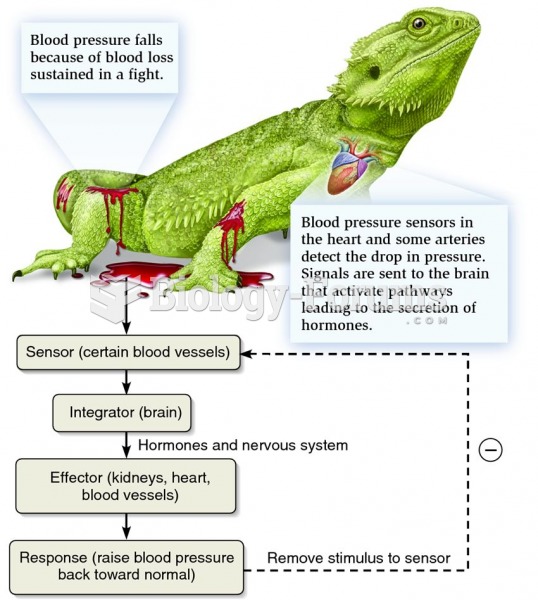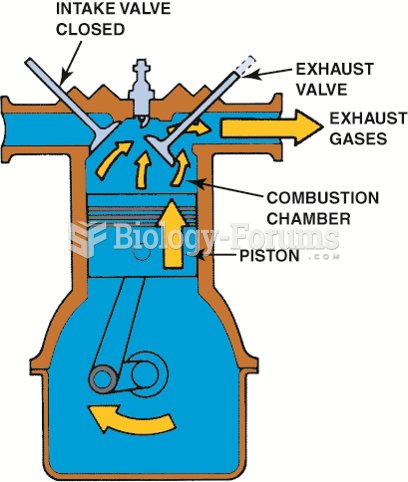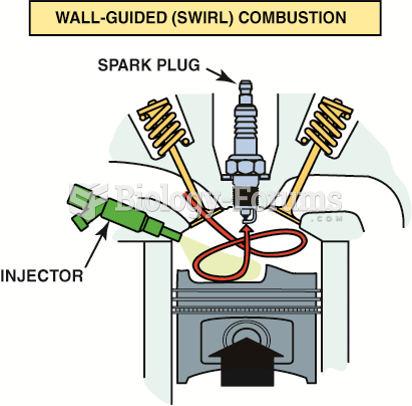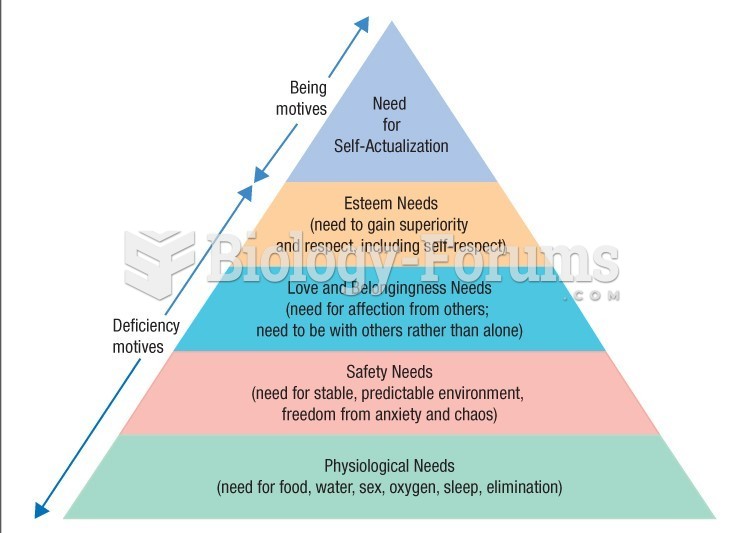|
|
|
Hip fractures are the most serious consequences of osteoporosis. The incidence of hip fractures increases with each decade among patients in their 60s to patients in their 90s for both women and men of all populations. Men and women older than 80 years of age show the highest incidence of hip fractures.
Alcohol acts as a diuretic. Eight ounces of water is needed to metabolize just 1 ounce of alcohol.
After a vasectomy, it takes about 12 ejaculations to clear out sperm that were already beyond the blocked area.
Automated pill dispensing systems have alarms to alert patients when the correct dosing time has arrived. Most systems work with many varieties of medications, so patients who are taking a variety of drugs can still be in control of their dose regimen.
Malaria was not eliminated in the United States until 1951. The term eliminated means that no new cases arise in a country for 3 years.
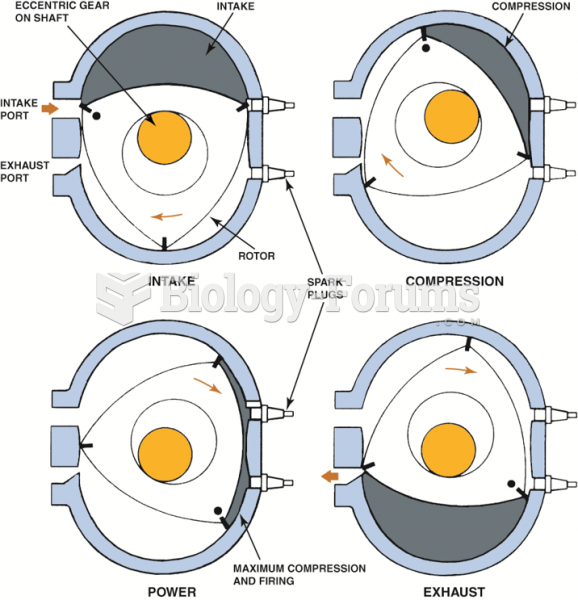 Rotary engine operates on the four-stroke cycle but uses a rotor instead of a piston and crankshaft ...
Rotary engine operates on the four-stroke cycle but uses a rotor instead of a piston and crankshaft ...
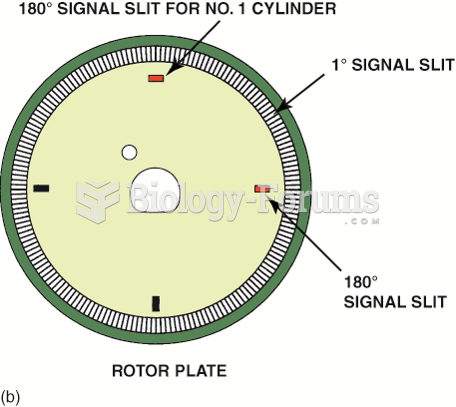 Cylinder 1 slit signals the computer the piston position for cylinder 1. The 1-degree slits provide ...
Cylinder 1 slit signals the computer the piston position for cylinder 1. The 1-degree slits provide ...


